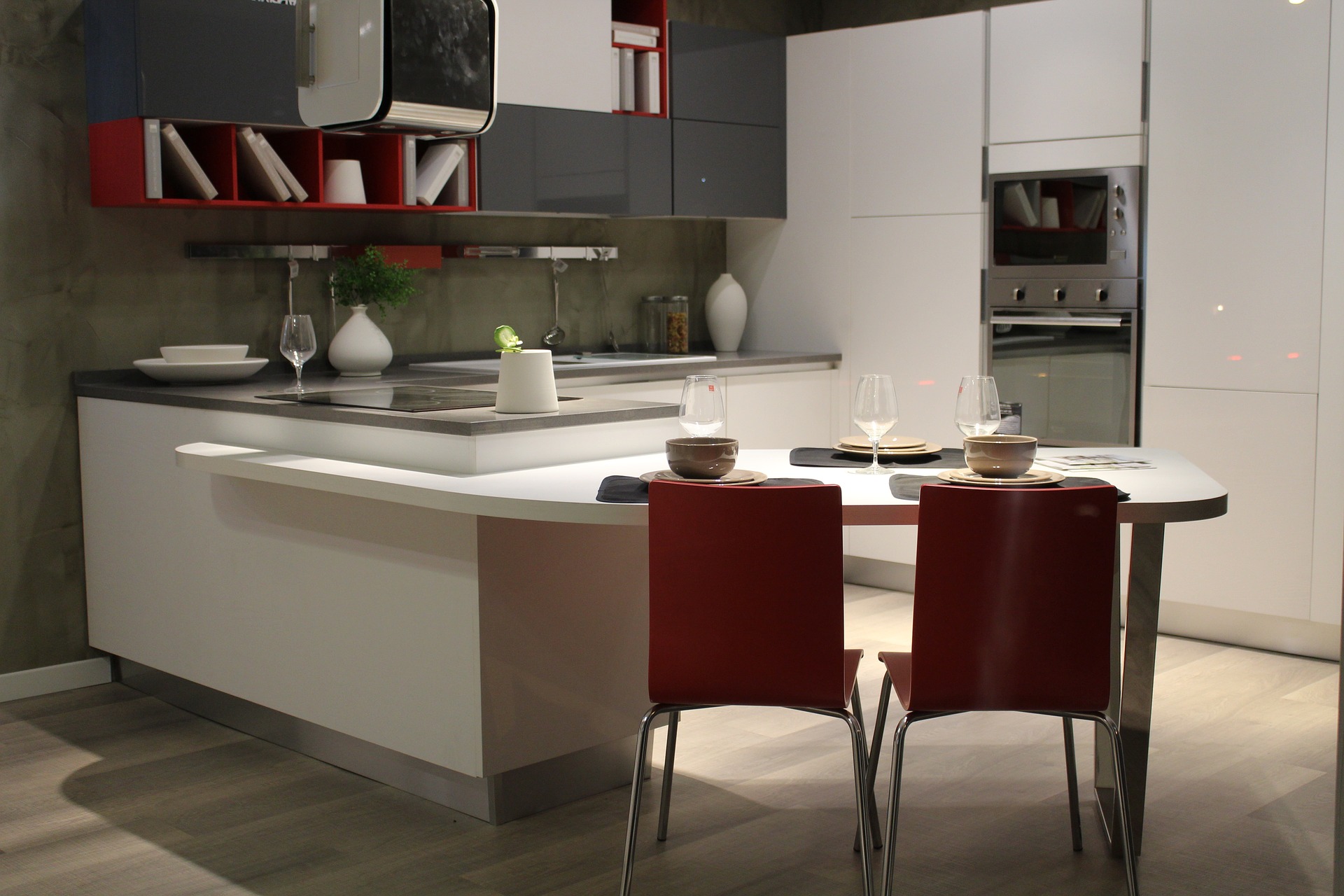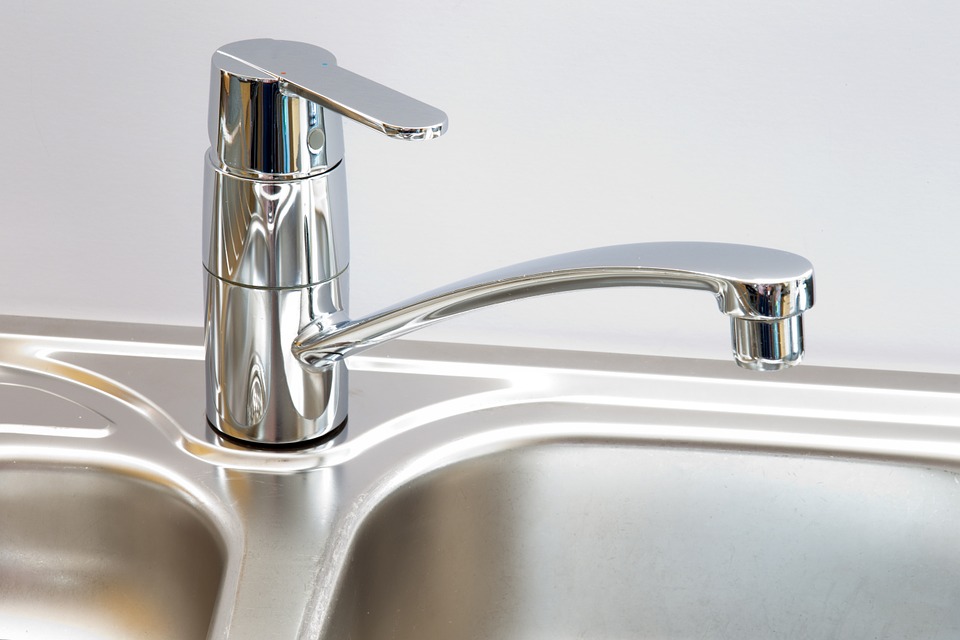For commercial kitchens, stainless steel benches are the one veritable go-to option when it comes to principal worktables. For factors such as durability, heavy-duty use and versatility of applications, no other product can match the steel benches.
However, although all commercial grade steel benches are of superior quality, all of them are not fashioned out of the same type of steel. So, before you buy one for your kitchen, it will help to have some primary knowledge of the different materials so you can make a suitable decision vis-à-vis your requirements and budget.
Different types of steels
For materials, you have basically five alternatives: stainless steel type 304, stainless steel type 430, and 18-gauge, 16-gauge and 14-gauge stainless steel.
The type 304 is arguably the most popular stainless steel material when it comes to commercial grade kitchen tables. It is also one of the most expensive. But rest assured that you’ll be getting your money’s worth with a type 304 stainless steel bench. It is extremely durable and fit for heavy-duty use. You can put large pots and pans on the table and it will still not receive any dents, dings, chips or cracks. Additionally, a high degree of chromium and nickel in the steel makes the material highly rust-resistant.
A 14-gauge table comes close to the former type in terms of durability and it works even better when it comes to heavy-duty use. The steel benches you see at large butcher shops are commonly made of 14-gauge stainless steel.
Then there is the 16-gauge steel bench variety which strikes the perfect balance between quality and affordability. The units made from 16-gauge are still enough durable and are suitable for pretty much all operations required of a commercial grade kitchen and you get all this at a quite affordable price.
Finally, we have the type 430 and the 18-gauge stainless steel. These are the least expensive of the options. Workbenches made of these two types of steels are still durable enough and you can use them for relatively lighter operations such as mixing ingredients; prepping sandwiches, fruits and vegetables; and for plating meals. However, make sure not to place too heavy items on these benches as this can lead to dents or cracks.
So, there you have the choices in terms of materials. As for design, you may either go for an open base table (suitable for larger kitchens) or one with undershelves (for kitchens where space is at a premium).









